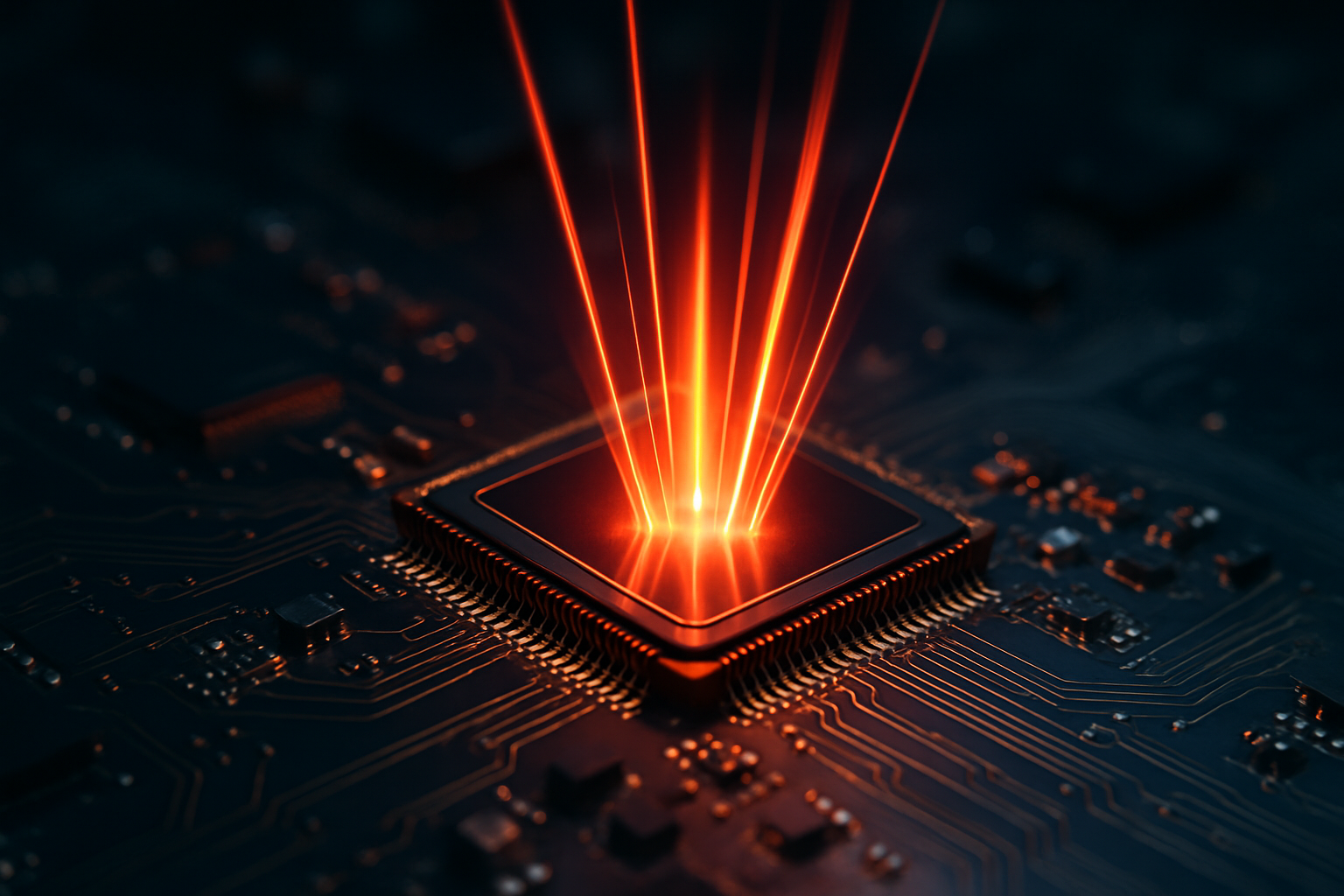Optical Microprocessors: Light-Speed Computing on the Horizon
In the ever-evolving landscape of computing technology, a groundbreaking innovation is poised to revolutionize the way we process information. Optical microprocessors, harnessing the power of light itself, promise to usher in a new era of ultra-fast, energy-efficient computing. This cutting-edge technology could potentially overcome the limitations of traditional electronic processors, opening up a world of possibilities for everything from data centers to personal devices.

Light-based computing operates at speeds far beyond what’s possible with electricity. While electrical signals in traditional processors are limited by resistance and capacitance, light can travel and be manipulated at, well, the speed of light. This translates to potentially enormous gains in processing speed and reduced latency.
Overcoming Silicon’s Limitations
For decades, the semiconductor industry has relied on Moore’s Law, which predicts that the number of transistors on a chip will double about every two years. However, as we approach the physical limits of silicon-based technology, progress has begun to slow. Optical microprocessors offer a promising path forward, potentially extending Moore’s Law well into the future.
Unlike electronic processors, which generate significant heat as electrons move through resistive materials, optical processors produce much less heat. This could lead to more energy-efficient systems and potentially eliminate the need for elaborate cooling solutions in data centers and high-performance computing environments.
The Building Blocks of Optical Computing
At the heart of optical microprocessors are photonic integrated circuits (PICs). These chips integrate various optical components, such as lasers, modulators, and detectors, onto a single substrate. Recent breakthroughs in materials science and nanofabrication techniques have made it possible to create increasingly complex and efficient PICs.
One key component is the optical transistor, which acts as a switch for light signals. Researchers have developed various approaches to create optical transistors, including using materials that change their refractive index in response to light or exploiting quantum effects in nanoscale structures.
Challenges and Hurdles
Despite the immense potential of optical microprocessors, several challenges must be overcome before they can become a mainstream technology. One significant hurdle is the integration of optical components with existing electronic systems. While all-optical computing is the ultimate goal, practical implementations in the near term will likely involve hybrid systems that combine optical and electronic elements.
Another challenge lies in miniaturization. While electronic components have been steadily shrinking for decades, optical components have traditionally been much larger. However, recent advances in nanophotonics and metamaterials are helping to bridge this gap, bringing optical components closer to the scale of their electronic counterparts.
Real-World Applications and Market Impact
The potential applications for optical microprocessors are vast and varied. In data centers, they could dramatically increase processing speeds while reducing energy consumption and cooling costs. For personal devices, optical processors could enable new levels of performance and battery life, paving the way for more powerful smartphones, laptops, and wearables.
In the realm of artificial intelligence and machine learning, optical processors could accelerate complex calculations, potentially leading to breakthroughs in areas such as natural language processing and computer vision. The technology could also have significant implications for fields like cryptography and quantum computing.
While it’s still too early to provide precise pricing estimates, industry experts anticipate that initial optical microprocessor implementations will come at a premium. However, as with most emerging technologies, costs are expected to decrease as manufacturing processes mature and economies of scale come into play.
The Road Ahead
As research continues and prototypes become more sophisticated, we can expect to see the first commercial applications of optical microprocessors within the next five to ten years. Major tech companies and startups alike are investing heavily in this technology, recognizing its potential to reshape the computing landscape.
The journey from concept to widespread adoption will undoubtedly be filled with challenges and setbacks. However, the promise of optical microprocessors is too great to ignore. As we stand on the brink of this light-speed revolution, one thing is clear: the future of computing looks brighter than ever.





